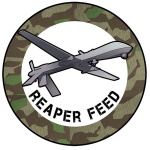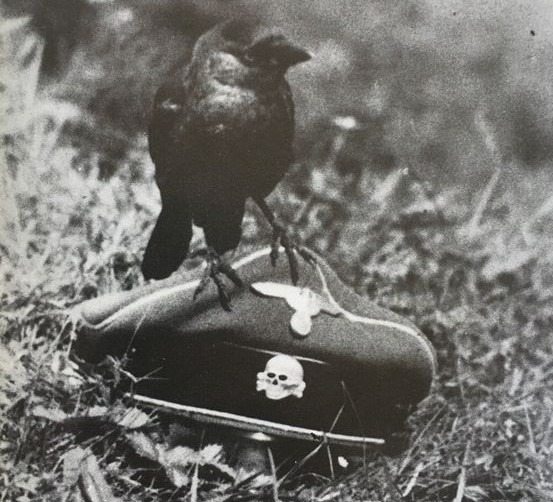
In the apocalyptic final days of the Second World War, Germany was decimated in the relentless assault from all sides by allied forces and the futile but fierce resistance pitched against them by fanatical Nazi soldiers. In the years that followed, Germany was defined by destroyed buildings, refugee camps, and lack of food and supplies.
Many German soldiers who returned home in 1945 or in the late 1950s from Soviet gulags found a country they no longer recognized. Some, accustomed to military life after almost six years of war, refused to even attempt to try and find a place for themselves in post-war Germany. Others, fleeing justice for their crimes against humanity in concentration camps and the Eastern Front, sought a way out to save their own skin.
As a result, in the wars that erupted in the years following WW2, former Nazi soldiers played more of a part than many people realize. Today, we’re going to look at 10 global wars that featured men fresh from the ranks of the Wehrmacht and the SS.
Article Contents
1. The Werewolf Campaign 1945 – 1947
In early 1945, as the net closed around the Third Reich, Nazi minister of propaganda Joseph Goebbels launched national broadcasts calling up all Germans to join a resistance movement known as ‘’the werewolves’’. The aim was to slow the tide of the Allied advance on Germany, kill allied soldiers, and any German who assisted them. A young member of the (female version of the Hitler Youth) was brought on to declare: “I am a savage and filled with rage, my Werewolf codename is Lily. I bite, I eat, I am not tame. My werewolf teeth bite the enemy.â€
As Goebbels and Hitler perished in the ashes of Berlin, immediately after the ceasing of hostilities in WW2, the Werewolf guerilla campaign was launched by a group of former SS troops and Hitler Youth members. Despite the fact that the vast majority of German civilians were too demoralized, exhausted from years of relentless war, the werewolves still managed to recruit large numbers of willing and dangerous volunteers and set up strongholds through Germany.
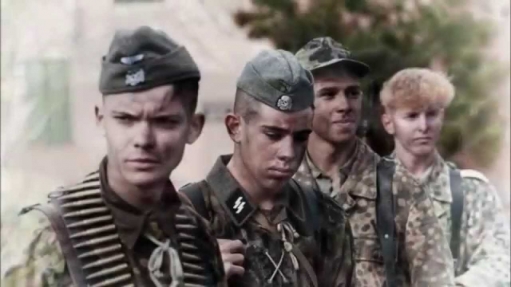
Between 1945-47, Allied troops came under sniper attacks, Soviet Generals were assassinated and any German political figures who collaborated with Allied forces faced fierce reprisals and death. The group was a huge concern for the Allies and caused an atmosphere of suspicion, fear, and intimidation in post-war Germany.
Whether from attacks or subsequent reprisals, it’s estimated that several thousand were killed during the Werewolf campaign. But by 1947, as Germany began to move towards normality again and the Allies solidified their position in the country, the Werewolf movement and its Nazi soldiers faded and became an additional horrible memory attached to the nightmare of WW2.
2. The Korean War 1950 – 1953
The Korean War kicked off when the Communist armed forces of North Korea crossed the 38th Parallel and invaded South Korea. The North Korean army, heavily armed with Soviet tanks and weaponry, rapidly began to capture South Korea. In response, the United States, Britain, and over 50 other nations joined in to defend South Korea.
One of these nations was Holland. During WW2, Holland had a foreign SS division in its country called the SS Nederland Divison. When Holland was liberated, these former Nazi soldiers were classed as traitors of the worst kind and stripped of their Dutch citizenship before being thrown in jail and ordered to carry out manual labor for a long time.
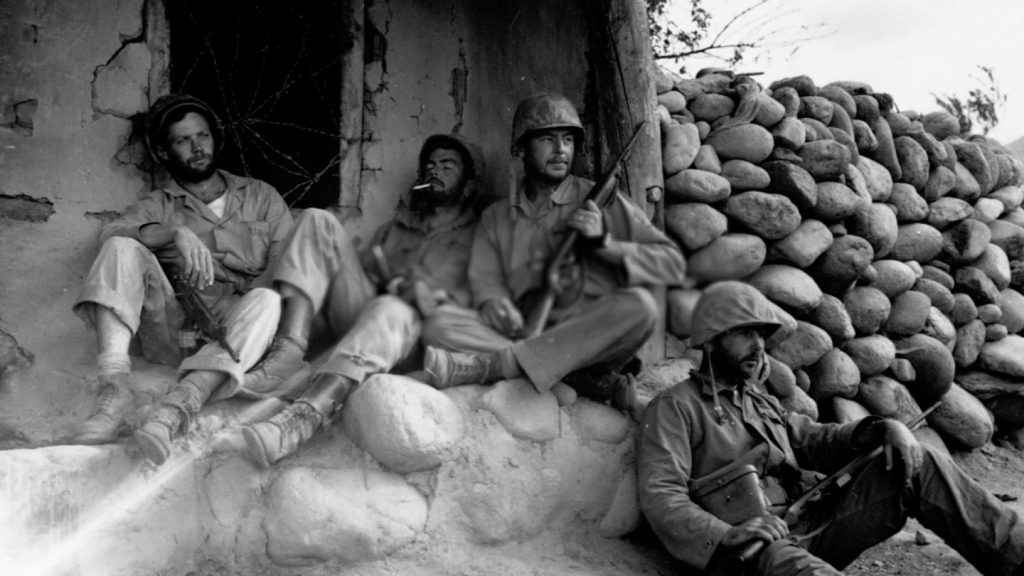
At the outbreak of the Korean War, the Dutch were in need of fighting men and offered these SS men, most of whom had seen action on the Eastern and Western Fronts, a chance to get out of jail and fight in Korea. As a result, a large group of former SS was active on the frontline against Communist North Korea.
As these Waffen SS veterans arrived at the Korean frontline under the UN flag, they found themselves fighting alongside men who were only boys during WW2. Despite being told to keep their mouths shut about their Nazi past, it quickly became apparent that these men were not average recruits and some UN troops have testified to their fanatical bravery in the Korean war.
3. French Indochina War 1946 – 1954
France had consolidated colonial control over the vast majority of Laos, Vietnam, and Cambodia by 1885. Vietnam however, launched continued resistance against the French through the decades leading up to 1940, when the French were defeated by the Japanese invasion in WW2. During the Japanese occupation, a resistance movement in Vietnam fought hard against them also.
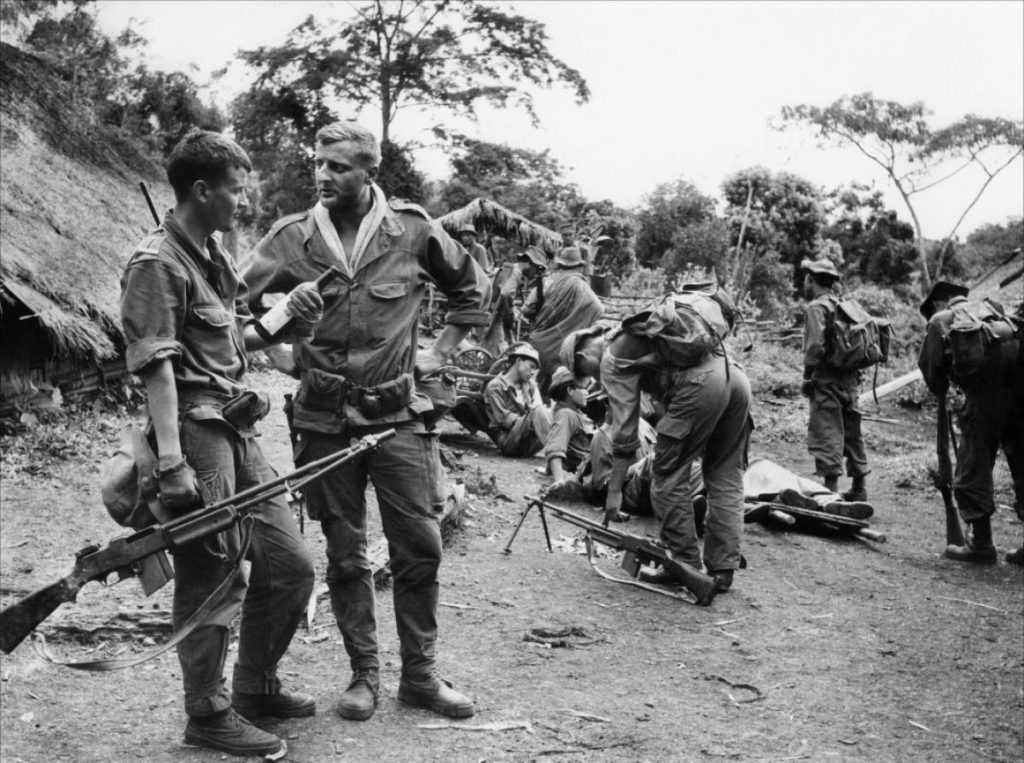
Following the defeat of Japan in 1945 and the subsequent reentry of the French, the resistance movement attacked the French troops leading to a conflict that soon engulfed all of French Indochina. The French were defeated at the Battle of Dien Bien Phu leading to independence for Cambodia and Laos and Vietnam being split into North and South.
The war was costly and the French needed battle-hardened troops, so they turned to the French Foreign Legion, who had actively recruited countless German soldiers and foreign volunteers from the Waffen-SS being held in POW camps in France. It’s estimated that over 35,000 former Nazi soldiers were sent to the jungles of Indochina and it’s said that ‘the last stand of the SS’ took place during the ill-fated battle of Dien Bien Phu, where it is said more German orders were being barked out than French. The battle was catastrophic and in the aftermath, over 25,000 lay dead with over 10,000 French and their foreign fighters captured.
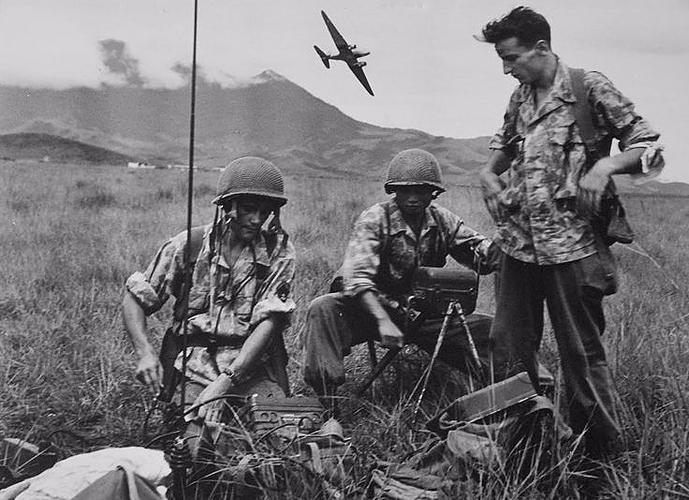
French General De Gaulle later said to American President Kennedy in reference to US troop escalation in Vietnam in later years: ‘You can’t win, we had the best killers in the world (referring to German foreign fighters) and we could not win’. De Gaulle delivered this message as a dark premonition of America’s doomed fate if it pursued the Vietnam war, which came true.
In 1971, a book was published called ‘Devil’s Guard’. It told the story of a Waffen-SS officer’s exploits on the Eastern Front before heading to Indochina to assist the French in their war. During the 2003 Iraq war, the book was one of the top 10 novels sold to US forces in the country.
4. The Vietnam War 1955 – 1975
In the wake of the French defeat, a divided Vietnam with a growing Communist movement in the South and a US-friendly regime in the North started to violently turn on each other. America, with its fear of the spread of Communism during the 1950s, stepped in to aid North Vietnam and crush the Communist rebels in the South, known as the Vietcong.
The Vietnam War was long, expensive, and divided public opinion in the US, especially as it was the first televised war in color which brought the horror of the frontline into people’s homes. The war was made even more intense by the ongoing Cold War and the Soviets involved themselves in a proxy position in order to destabilize the USA. The war killed over 3 million people, mostly civilians, and ended with the unification of Vietnam and Communist control over the entire country.
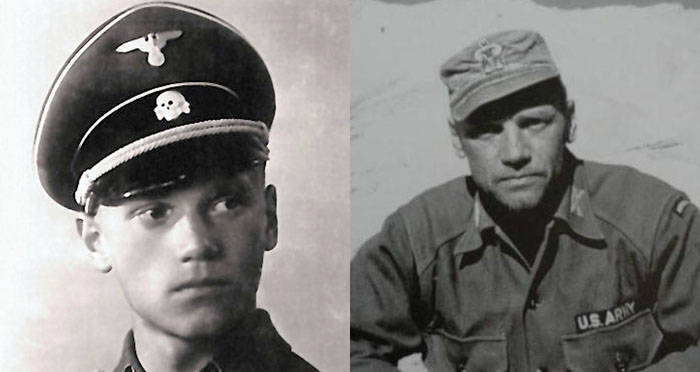
Amongst the US ranks fighting in Vietnam, was a former Waffen SS officer and a kind of Arnold Schwarzenegger look alike named Laurie Torni, who was originally from Finland and had fought in the Finnish army before joining the SS and seeing frontline combat against Soviet troops. As WW2 came to an end, he found his way to America onboard a merchant ship. On arrival, Thorne joined the US Army as a private, adapting his name to Larry Thorne, before being accepted into the elite Green Berets.
His tough nature and skills learned during WW2 led to him being promoted rapidly and being sent to Vietnam where he developed a reputation for solid leadership and fearlessness. In 1965, whilst in the country in a military advisor role in a classified US special operations unit focusing on unconventional warfare, Thorne perished in a helicopter crash. His remains were later found and he was buried back in the USA.
5. The Congo Crisis 1960 – 1965
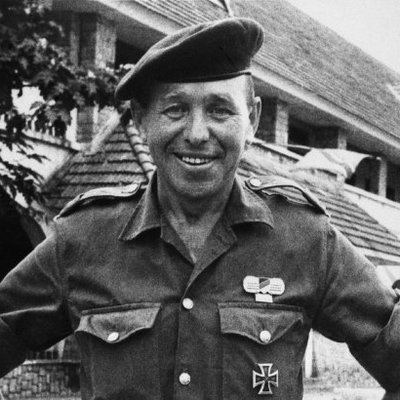
The Congo Crisis was a 5-year long war that erupted in the days after Belgium’s decolonization of the country. The subsequent violence claimed over 100,000 lives including the country’s first prime minister. The conflict was intensified by the introduction of foreign mercenaries looking for power, adventure, and money.
The Congo Crisis soon mutated into a dangerous proxy war between the US and the Soviet Union and both powers played significant roles in the escalation of violence. The US eventually ousted any Communist threats in the country through various coups and installed a Western-friendly leader, who would go on to lead the country through a ruthless one party dictatorship up until 1997.
During the influx of foreign mercenaries, it is said that hundreds of former Nazi soldiers were present in the Congo at the time. One of them was a man named Seigfried Muller, a decorated former Wehrmacht officer who drew attention to himself by continuing to wear a Nazi issue Iron Cross 1st class throughout the war. His life story is covered in Reaper Feeds article: Siegfried Müller – Nazi Officer to Mercenary. Whilst footage of ex-nazi mercenaries is harder to find than finding a photo of Tatiana Zappardino naked, the article contains just that!
6. Arab-Israeli war 1948 – 1949
When the newly formed state of Israel declared independence on 14th May 1948, fighting erupted between Jewish and Arab groups within the Palestine region. The Arabs wanted to block the UN partition resolution and stop the establishment of Israel whilst Jewish forces wanted control over the newly allocated territory. The Arab Liberation army comprised of Palestinians and Arabs from neighboring countries, went head to head with Jewish forces comprised of the Haganah, the Irgun, and LEHI.
The fighting rapidly escalated and drew in the British Army and other foreign forces. Arab armies from Lebanon, Iraq, Egypt, and Syria invaded the region. After intense fighting, Israeli forces succeeded in capturing the area.
In Syria alone, recently released CIA documents have revealed that a military advisory staff team was made up entirely of former Nazi soldiers, primarily SS officers, who assisted the Syrians in their invasion of Palestine at the time. The country would go on to hold a track record of harboring Nazi fugitives, such as Nazi war criminal Alois Brunner.
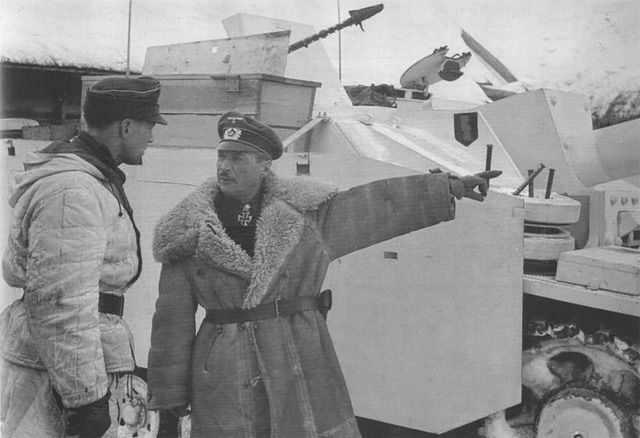
Heavily decorated Wehrmacht tank ace, Hyacinth Graf Strachwitz, who found fame as a tank commander across multiple fronts in World War II, also moved to Syria in the years after the war. During the Arab-Israeli war, Strachwitz served as a military advisor to the Syrian Army during the height of the fighting.
7. The Cold War 1947 – 1991
The Cold War was a prolonged period of tension between the democracies of the Western World and the communist countries of Eastern Europe. The West was led by the superpower of the United States and Eastern Europe was led by the superpower of the Soviet Union. The nuclear arms race and numerous international incidents led to the world being on the brink of annihilation multiple times during the conflict.
The West was desperate for experienced figures to combat the threat of Communism and they found it in the form of battle-hardened Nazis who had been fighting the Soviets on the Eastern Front. It’s believed that the CIA recruited over 1,000 former Nazis, including numerous former high ranking figures of the Third Reich, throughout the Cold War.
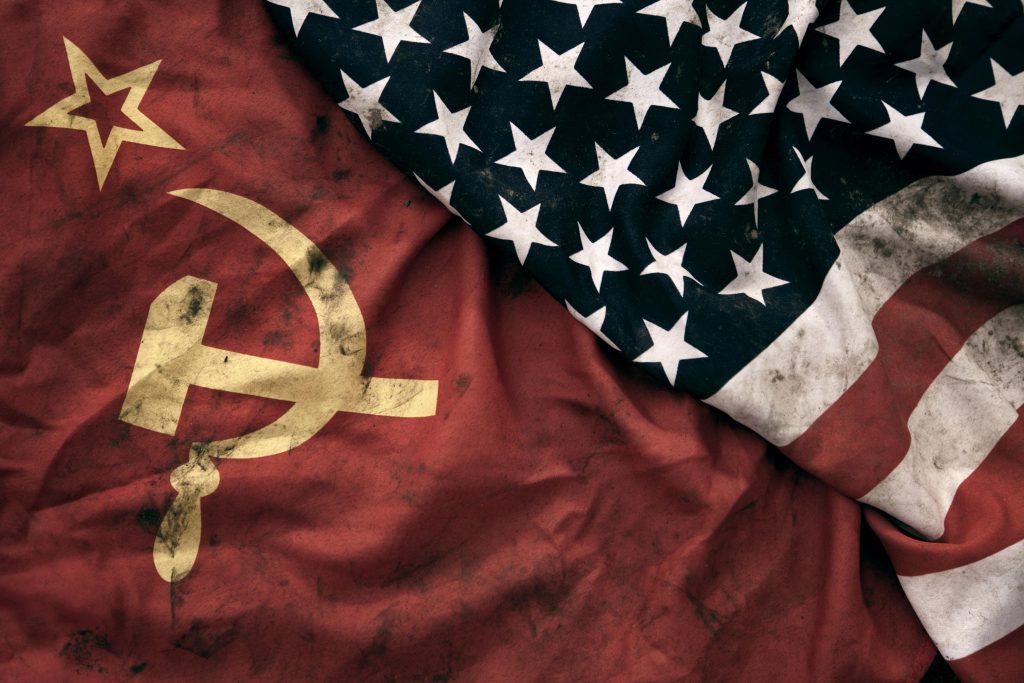
The former Nazis were recruited as spies and upon completion of their work, they were offered protection and US citizenship. Otto von Bolschwing, who was an SS officer infamous for producing policy papers on the methods of terrorizing Jews, became a successful CIA spy in post-war Europe and was moved to the US afterward.
Another figure, an infamous Lithuanian Nazi collaborator named Aleksandras Lileikis was recruited as a CIA spy in East Germany. He was there fleeing justice from the massacre of Jewish civilians in his home country of Lithuania. After completion of his service, he was also awarded US citizenship.
8. The 6 Day War 1967
Following the Arab-Israeli war, relations between Israel and it’s neighboring countries remained tense and never fully normalized. The Six-Day War soon broke out and was fought between 5 and 10 June 1967 by Israel and the neighboring countries of Egypt, Jordan, and Syria. Israel was victorious in the war, largely thanks to a surprise counter-attack they launched before fighting really got underway.
Interestingly and also difficult to comprehend, this attack was made possible through information provided through an intelligence network of former Nazi soldiers assisting Mossad. The infamous Otto Skorzeny, known as ”Scarface” and the figure who launched a commando raid to free a captured Mussolini, was a prominent figure of this network.
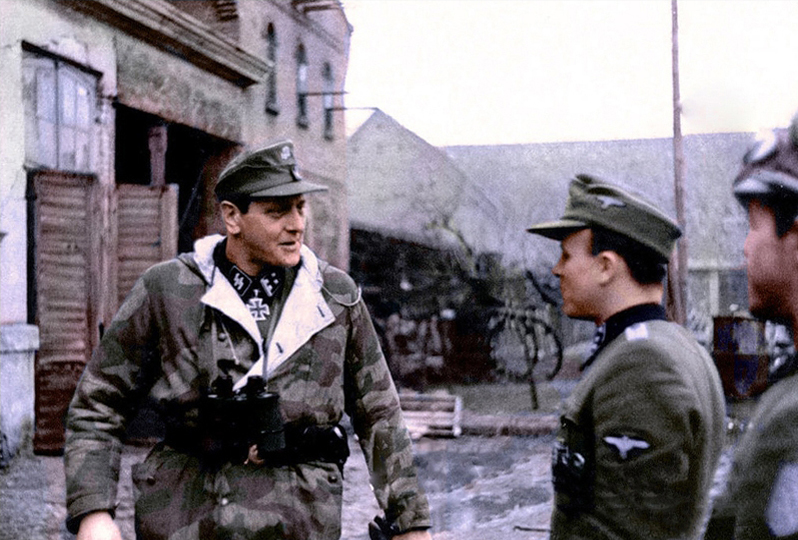
Otto Skorzeny was recruited by the Israeli Mossad in the early 1960s to assist them in their hunt to find German scientists working on the Egyptian missile program. Whilst deployed in Egypt, Skorzeny discovered the time and date that Egypt, Syria, and Jordan were planning to launch a military attack on Israel. He passed the information to Mossad and Israel acted swiftly upon it, launching a pre-emptive attack on airfields in Egypt and Syria, obliterating a huge portion of their air force and giving Israel the upper hand in the subsequent war.
For more groundbreaking articles like this one covering wars that featured former nazi soldiers, check out Reaper Feed’s Military History department!
